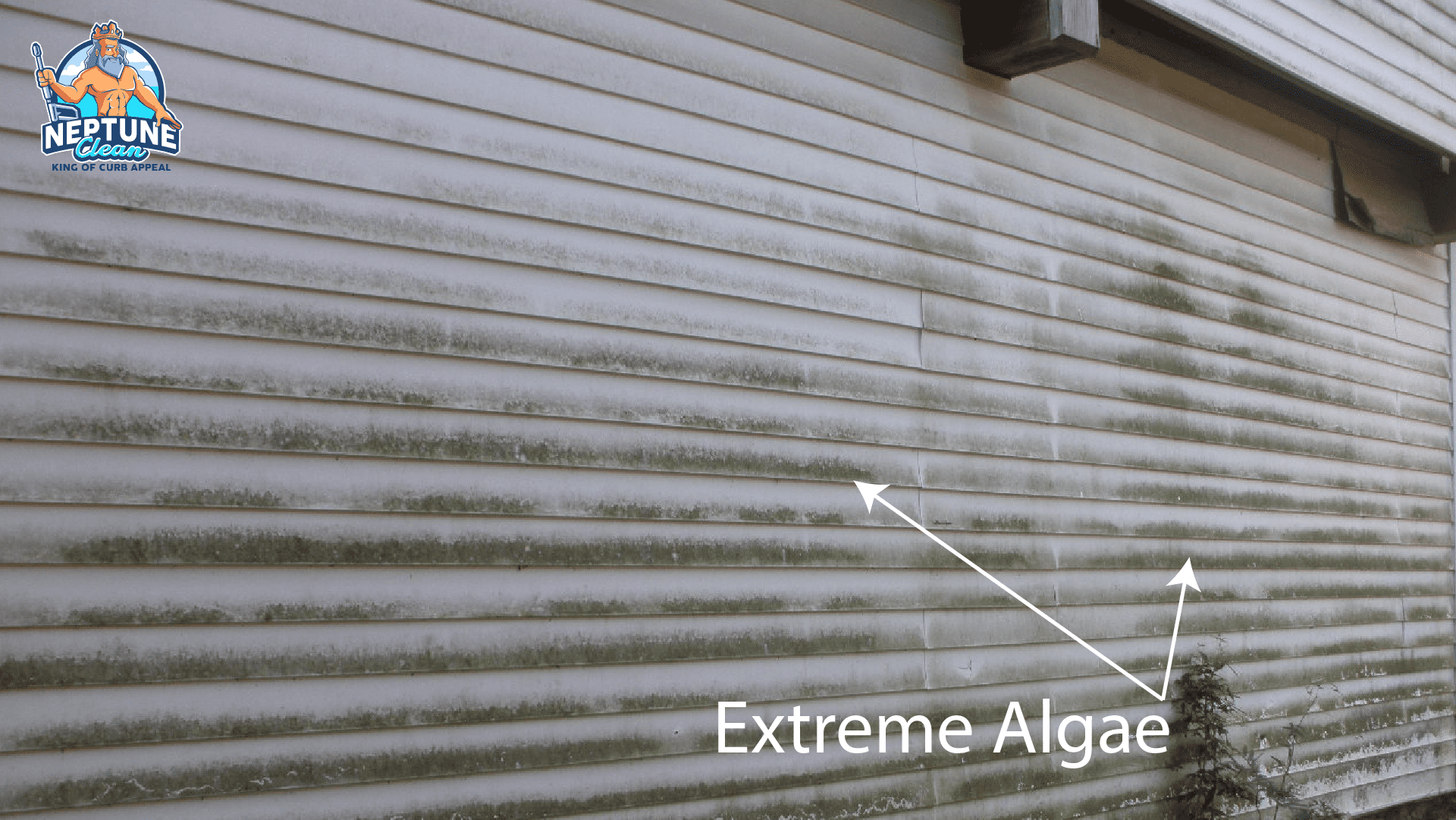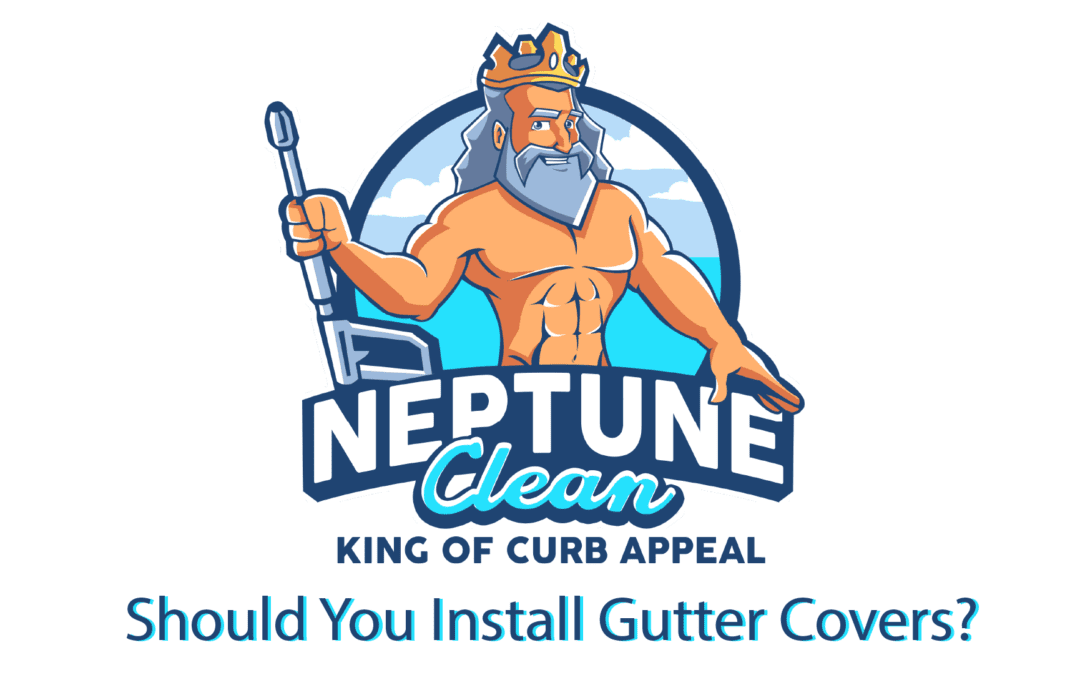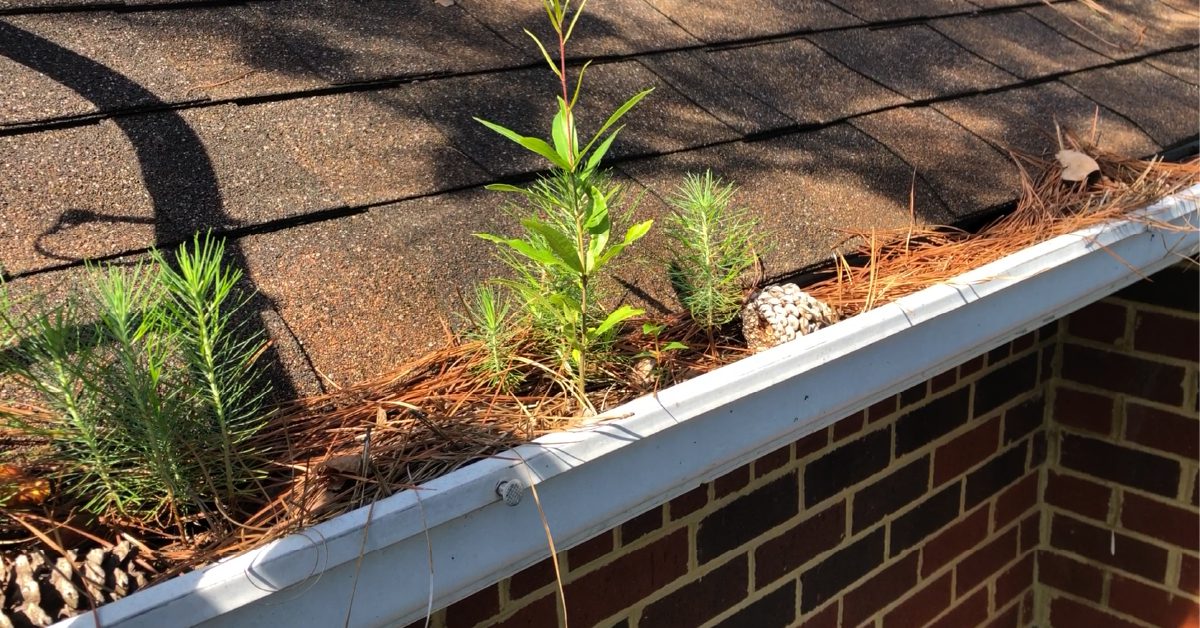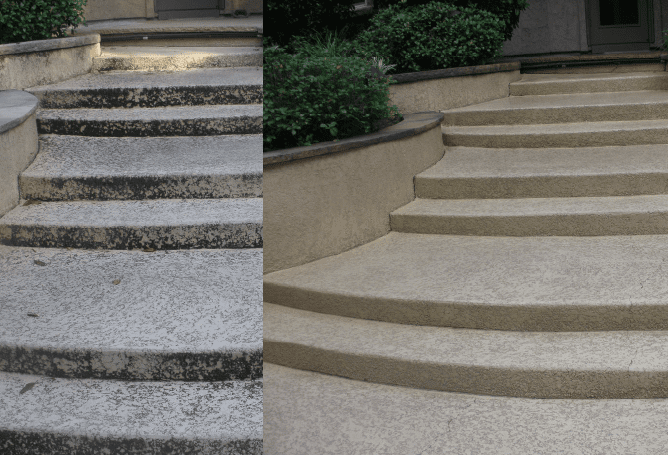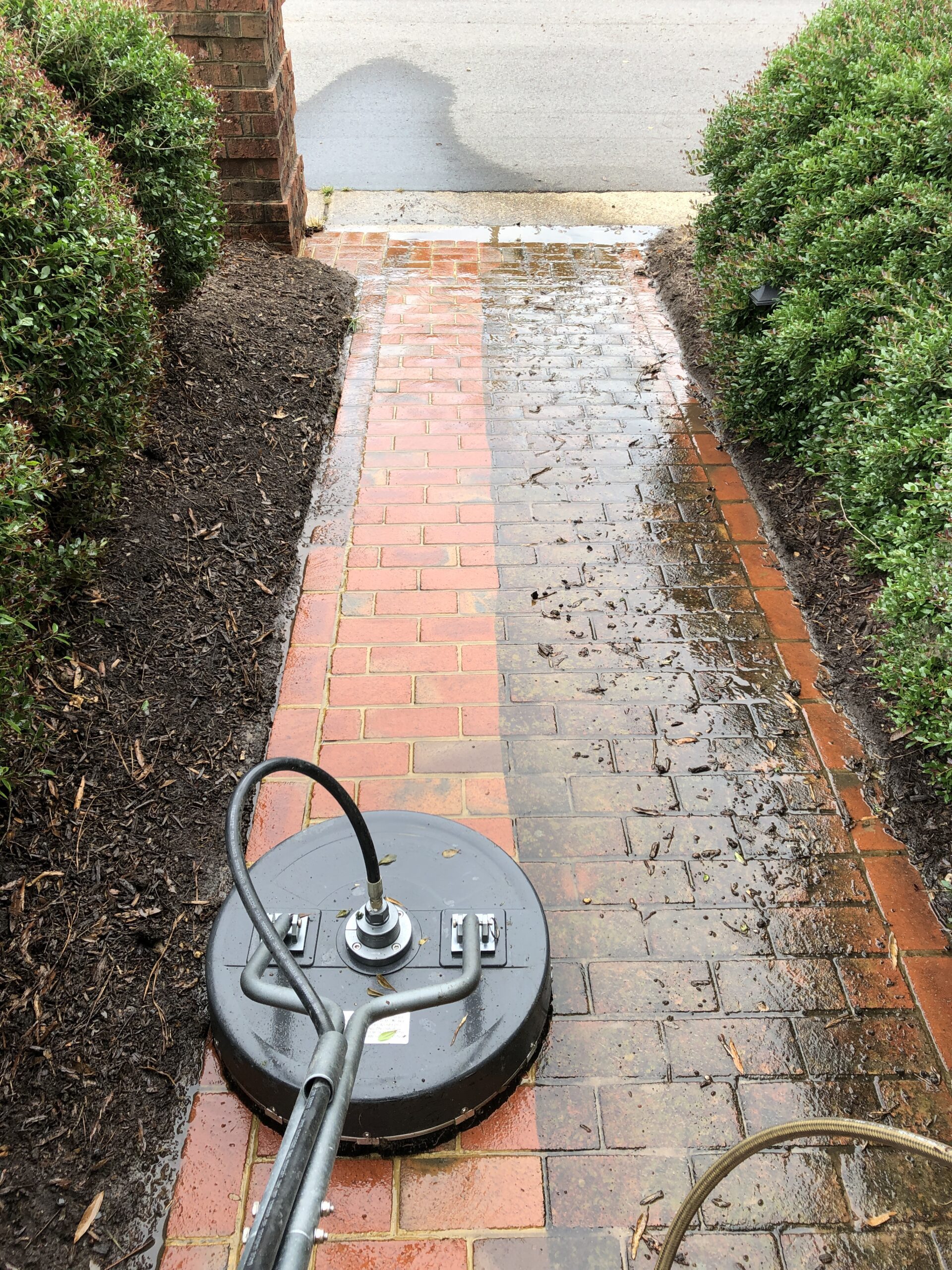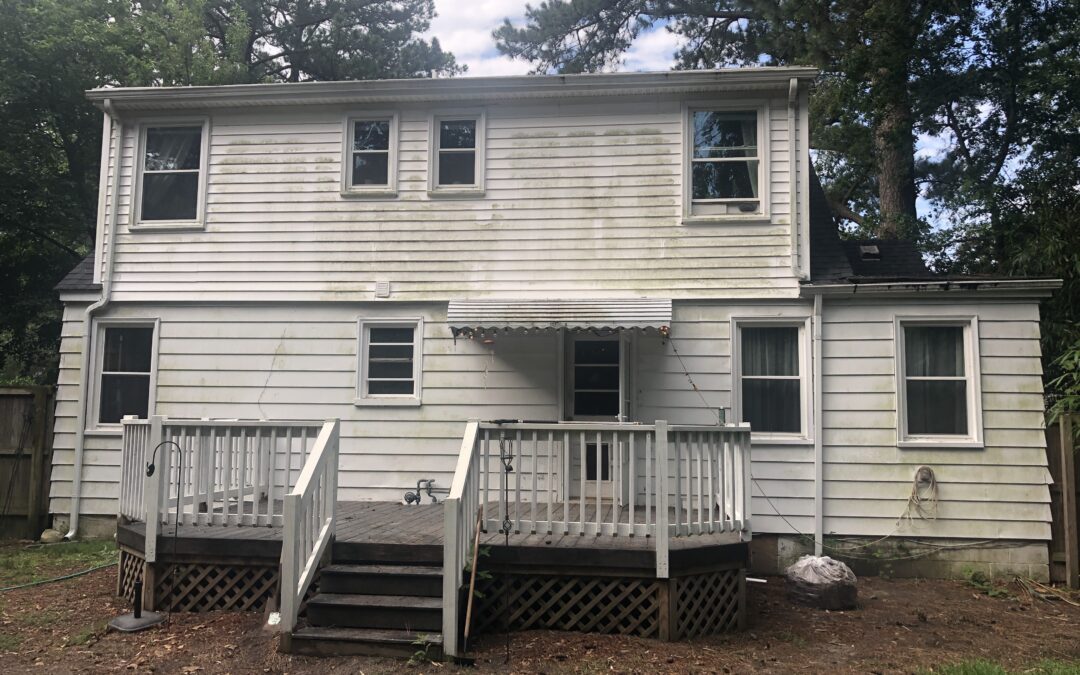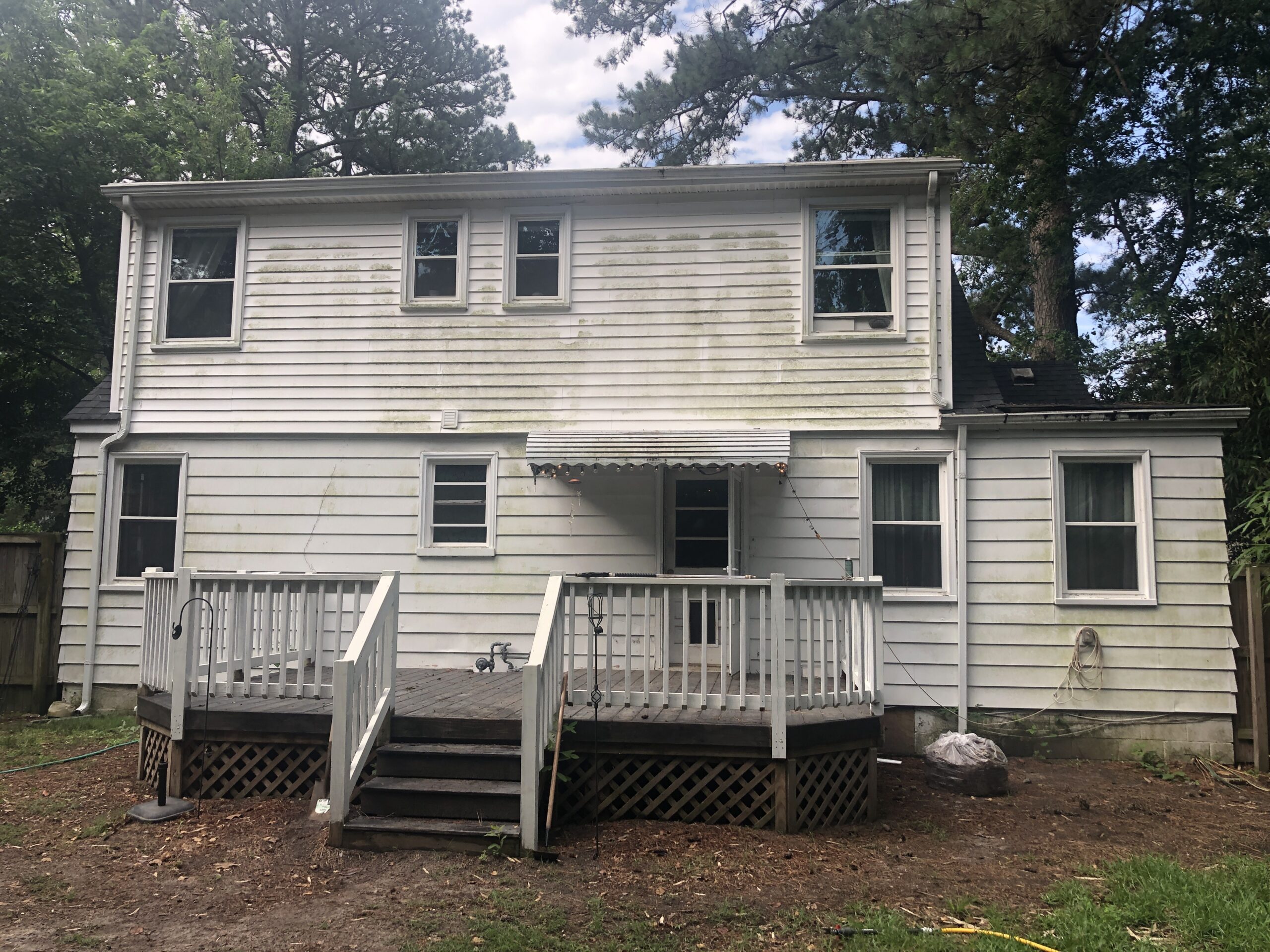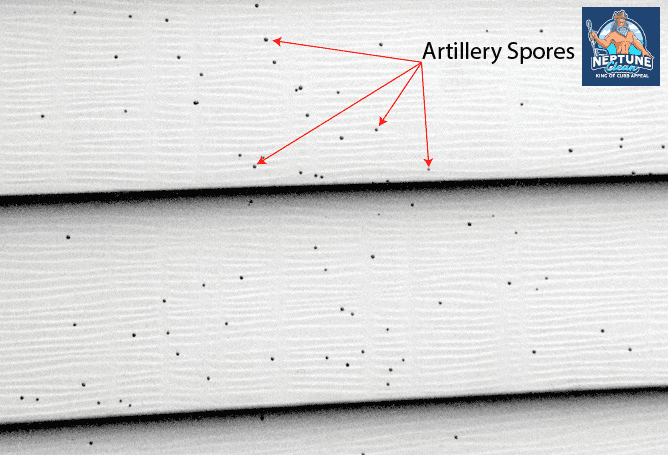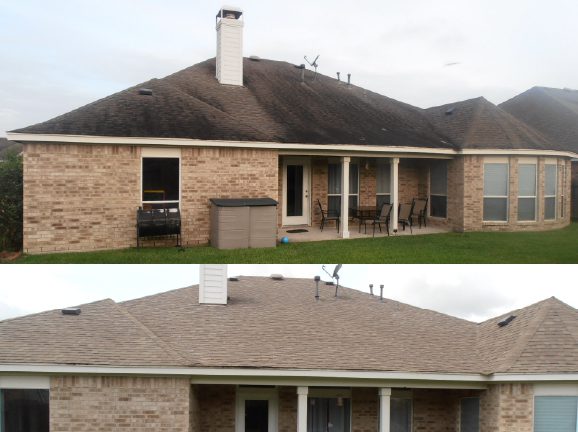
#1 Roof Cleaning Cost Question; Can You Spot Clean My Roof?

What Does Roof Cleaning Cost?
I get this question often and my answer is always the same. Customers ask me to treat only the section of roof that has the worst algae growth. In most cases it’s the north- or east-facing side of the home. I understand the question. Homeowners are always looking to save money and why treat the entire roof if only half of it has an algae outbreak. There’s only one problem.
Like I’ve mentioned in previous articles about Roof Cleaning, the algae causing the black streaks on your roof is actually a cyanobacteria called Gloeocapsa Magma. Once the bacteria become noticeable, the stains will continue to worsen as the bacteria colony grows with gravity pulling it downward resulting in smear-like stains running down your roof.
The spores are spread through the air and deposited on your roof. This means that it can be present on the entire roof but may only thrive on the north- or east-facing sides. If you spot-treat what you can see, what you can’t see will soon spread to the recently treated areas. So, no I do not spot-treat roofs. If I did, my customers would be calling me back in a few short months to ask me why the black streaks are back.
Roof Cleaning Cost Factors
Roof cleaning Gloeocapsa Magma is pretty straight forward. A strong 6 percent mix of sodium hypochlorite and a sticky surfactant will do the trick 99% of the time. We spray roofs using a special soft wash (roof pump) to apply just the right amount of cleaning solution. The size, height, and roof pitch will also be a factor in roof cleaning cost.
We always recommend cleaning the entire roof as algae is always spreading but it’s not always seen. Better to be safe than sorry if you’re going to spend the money.
Do you have those unsightly black streaks ruining the appearance of your home? Call the King of Curb Appeal to get a quote on bringing back your home’s natural appearance.
Click here for an Instant Quote or…
Call Neptune Clean today: 757-384-0411
For more information about roof cleaning click here!


